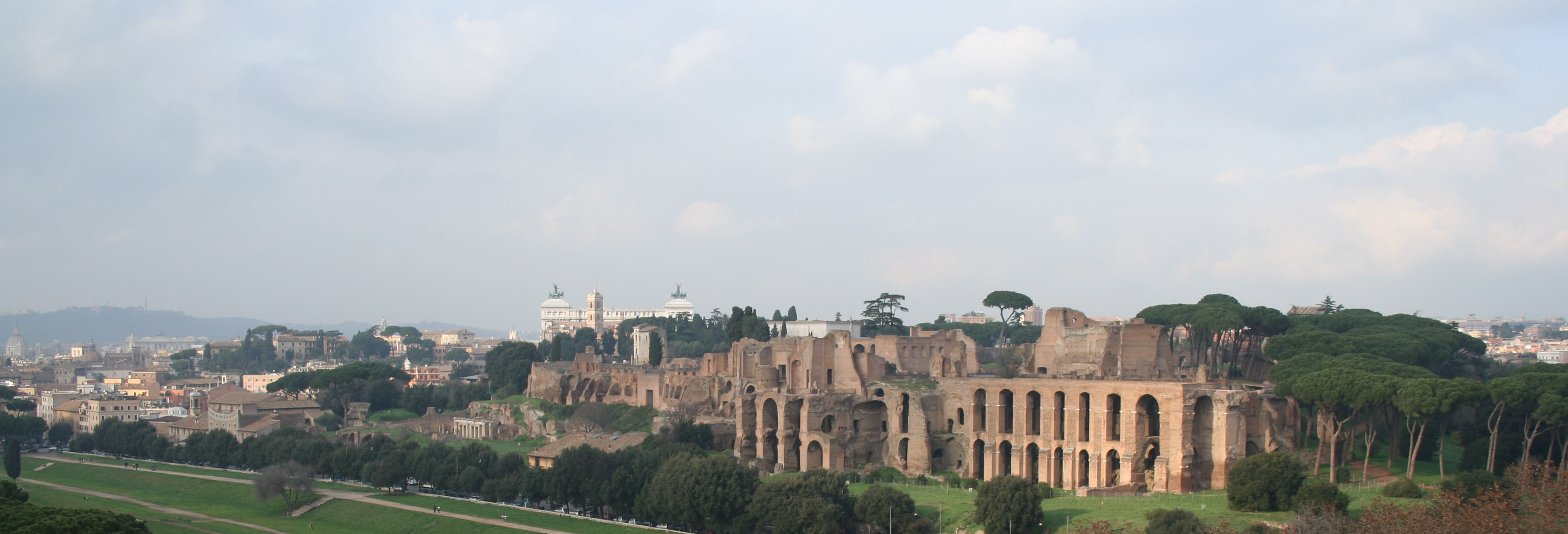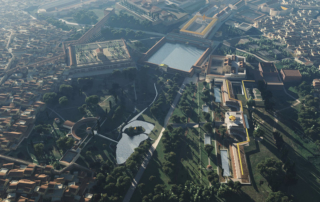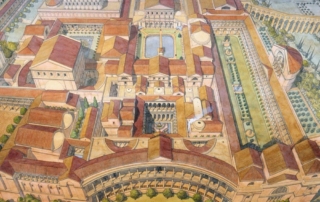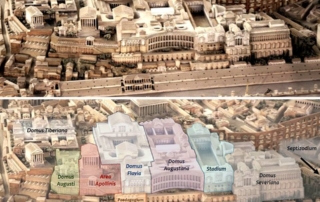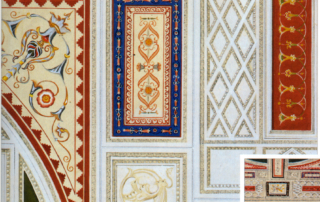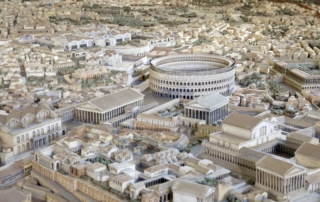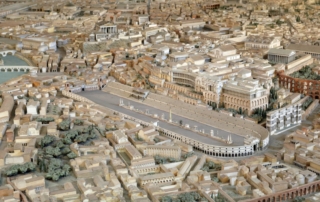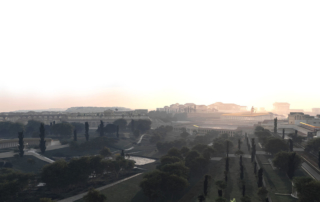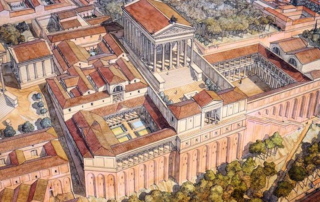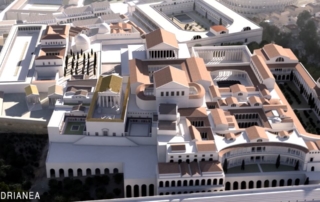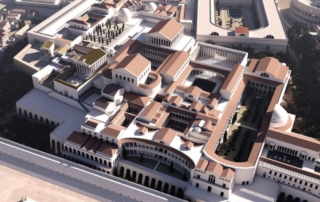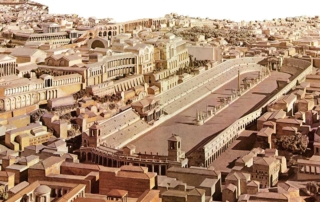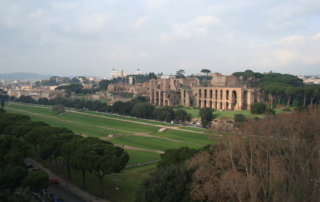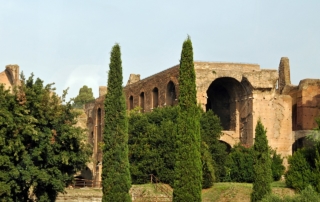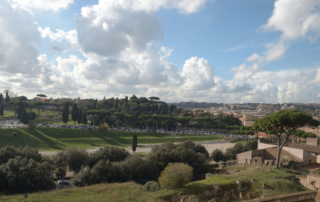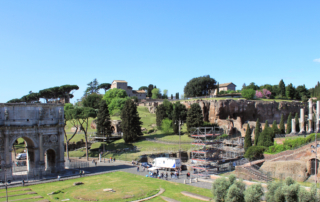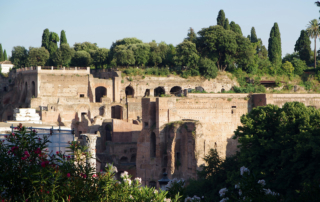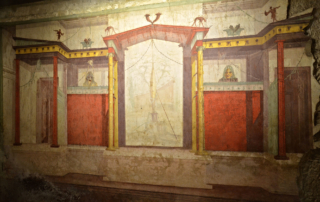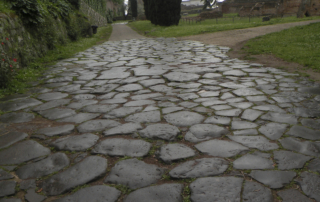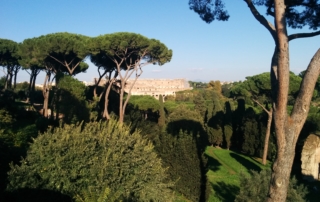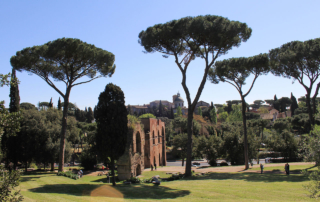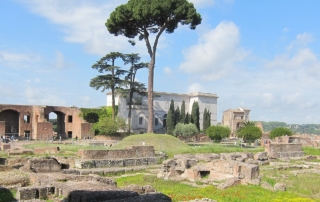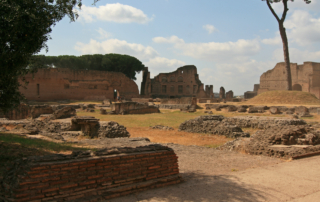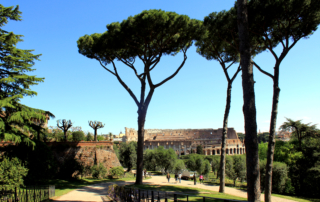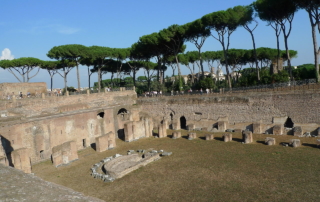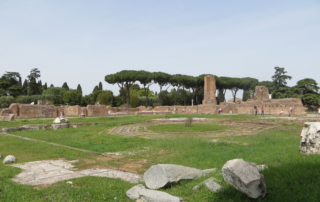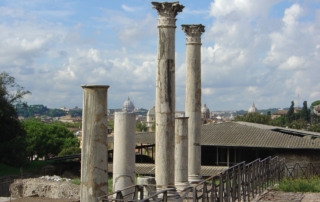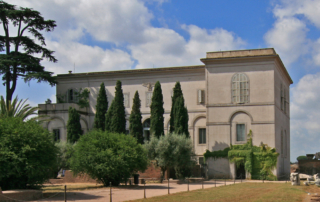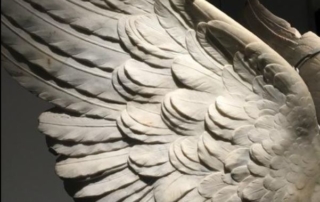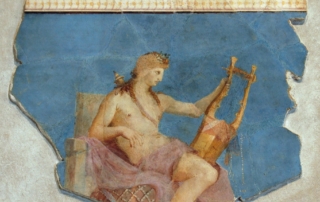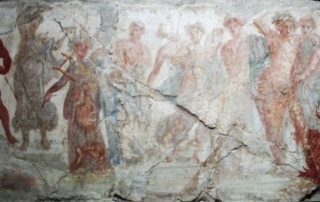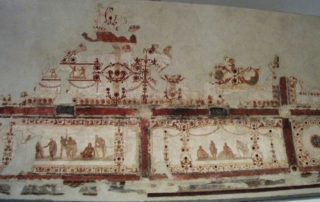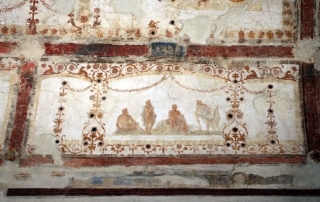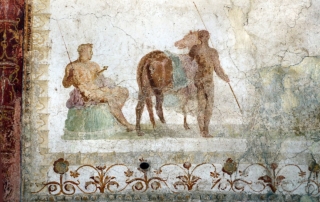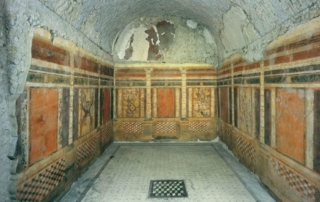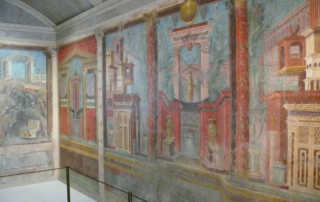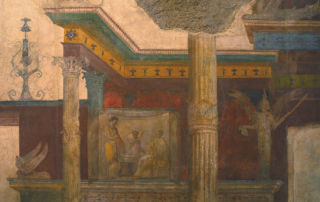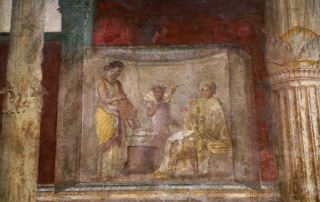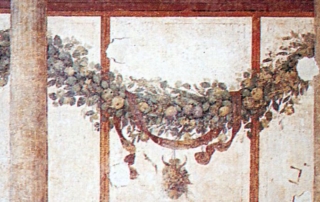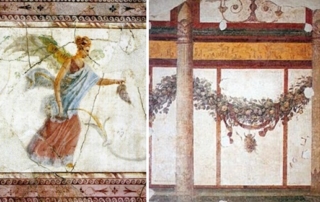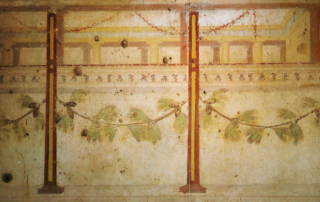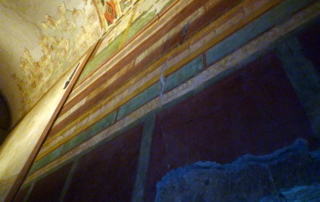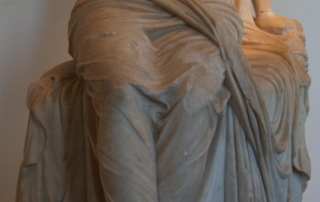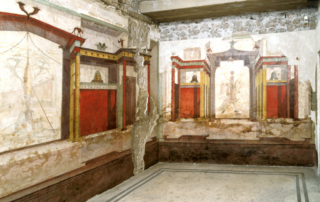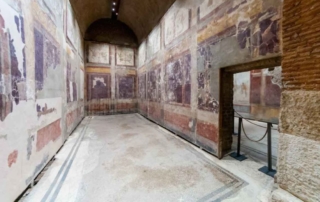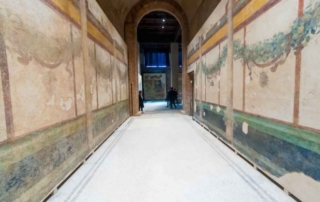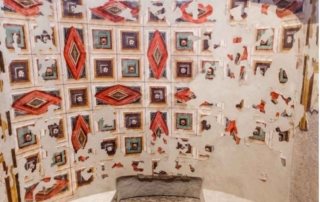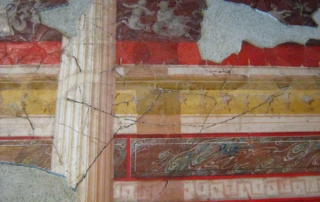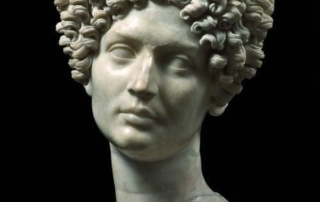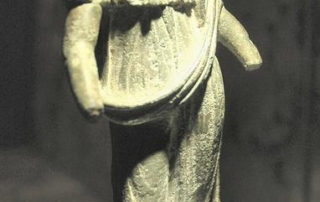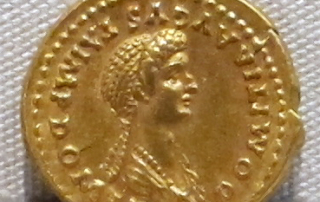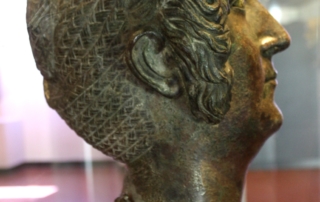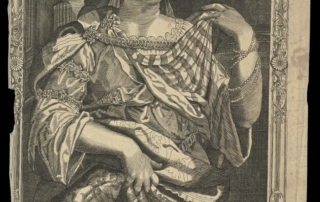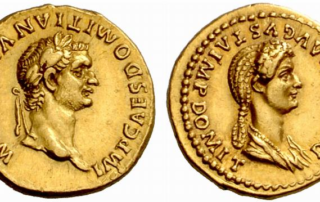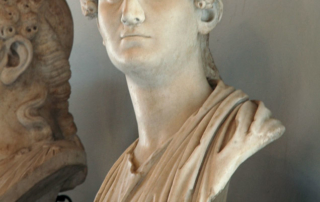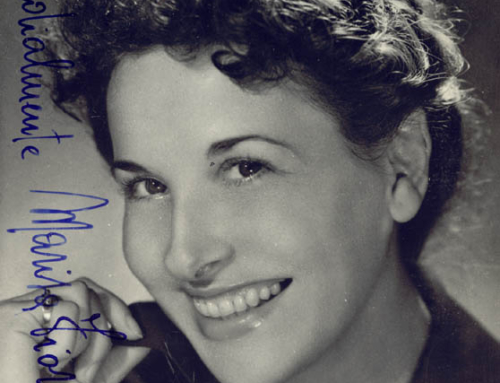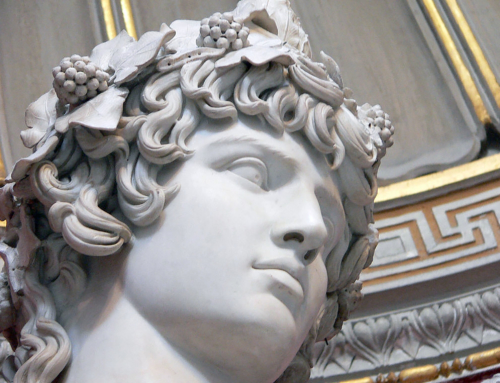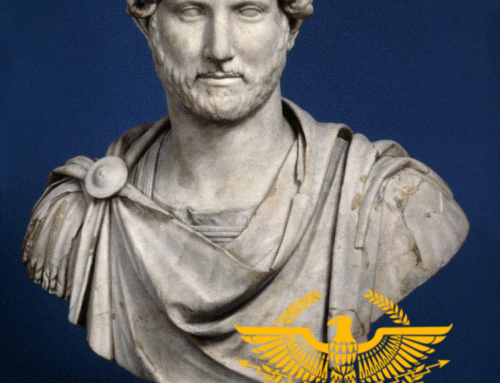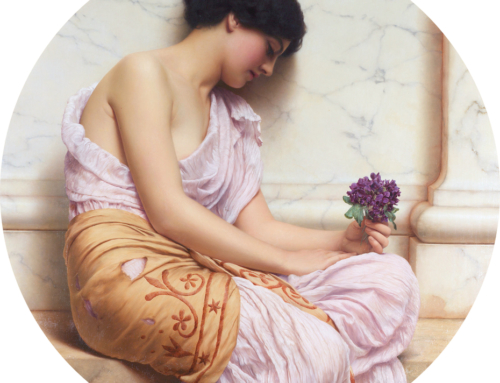Ancient Rome, first half of the 2nd century
During the rule of the Flavian dynasty (69-96 AD) the Roman Empire flourished; its borders extended to their maximum, there were successful wars in the East, buildings and statues were erected on a grandiose scale. In the sculpture we can sense a tendency towards monumentality, decoration and complex forms. In just such a style is this portrait of Domitia Longina (c. 55-c. 140), wife of the Emperor Domitian (81-96 AD), last representative of the Flavian dynasty. We know little of Domitia herself. She was beautiful and dissipated – according to Suetonius „she was ready to boast of any of her debauchery“ – and Domitian divorced her after a scandalous affair with the actor Paris, but then forgave her and „supposedly at the demand of the people, took her back“. Domitia knew of the plot against her husband which led to his murder. The portrait head was part of a monumental statue showing Domitia „Augustus“, in a chiton and with a robe thrown over her head. The face of this Roman beauty is totally without idealisation. In portraits of the Flavian period sculptors emphasized individuality both of external appearance and character – in this case a wilful and cruel character. A tendency to strive for decorative qualities appears in the contrast of light and shade in conveying the complex hairstyle, each lock of hair worked up with the use of a gimlet. The face is generalized, and the details treated graphically, probably because the huge statue was to be viewed from a certain distance.
Domitia Longina was the daughter of Nero’s famous general Gnaeus Domitius Corbulo. Domitia first married Lucius Aelianus Lamia. In 70 AD, she divorced her husband and married the Emperor Domitian. Domitia bore two children with Domitian, a daughter and a son who lived briefly in 73 AD. Domitian was a very jealous man and rumors of Domitia’s unfaithfulness led to her exile and the death of a suspected lover the actor Paris.
Domitian divorced Domitia in 83 AD. She was sent into exile and her life spared on the urging of Ursus, a trusted advisor to Domitian. During this period, Domitian took up residence with his brother’s daughter Julia Titi. Julia eventually became pregnant and Domitian insisted upon an abortion during which Julia died. Reconciliation between Domitian and Domitia eventually took place. However, as time passed, Domitian became increasingly suspicious of everyone and put to death anyone he believed to be disloyal.
According to the historian Dio, Domitia found her name on a list of people suspected of disloyalty. Domitia took the list to one of her own allies, the Prefects Norranus and Petronius Secundus. Together they plotted the assassination of Domitian. The plot was carried out by a slave named Stephanus who repeatedly stabbed Domitian to death. Domitia lived on for several years well respected by the citizens of Rome.
